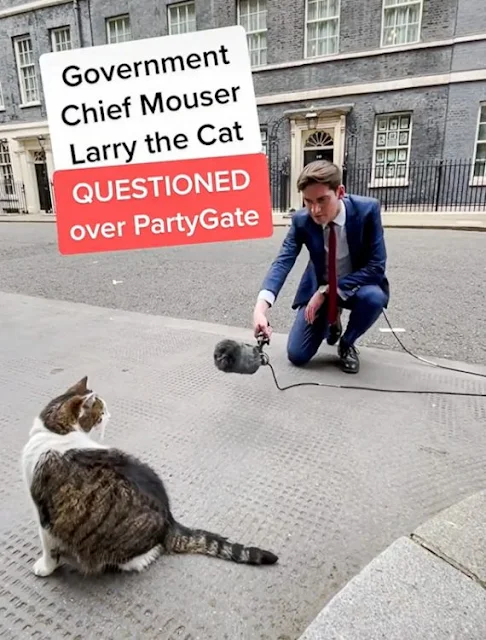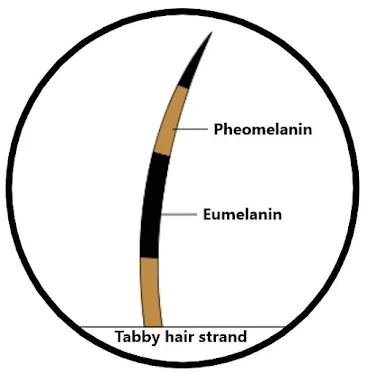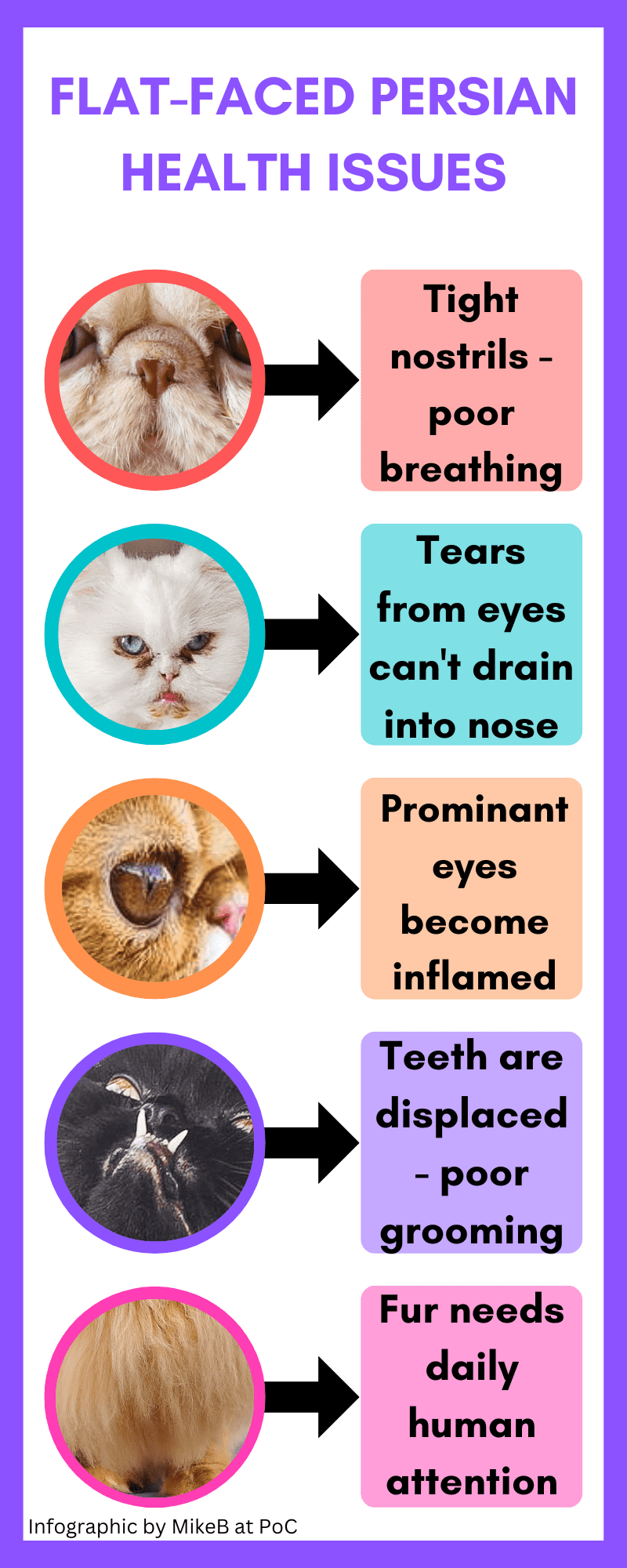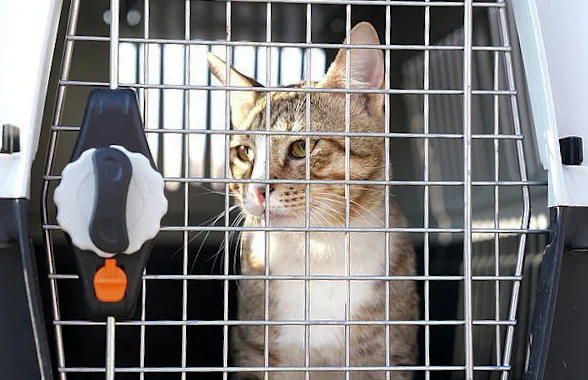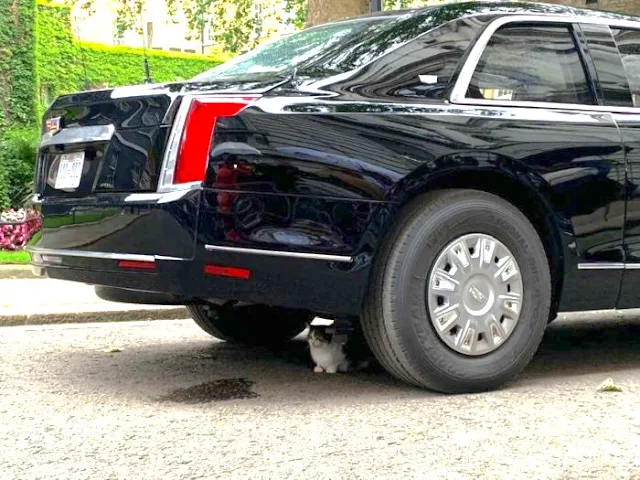Here is an article built around an infographic on speciesism and how it can lead to animal abuse. It is greatly unfair to indulge in speciesism. I firmly that we should treat all animals equally and on a par with humans. A lofty and perhaps unattainable goal.

Here are some quick thoughts on speciesism and how it can lead to animal abuse. They are instant thoughts, no more. A stream of consciousness. Please add yours in a comment. It is common sense that if a person regards one species of animal as of lower value than another it is likely that they will treat that animal less well. And if, in addition, they believe that animals are lesser creatures to humans it increases the chances of animal maltreatment. This is speciesism in action.
Cat and dog meat
When I think of speciesism I sometimes think of cat and dog meat. It is a pet topic of mine. Perhaps I shouldn't think of it. But the cause or the underlying reason for cat and dog meat is speciesism. The celebrated contemporary artist Ai Weiwei, a Chinese citizen now living in Portugal, says that the Chinese' relationship with animals is one of functionality. Animals need to be functional and serve the human.
Bible
It is based upon an old-fashioned idea I would suggest in the modern era that humans have dominion over animals, and they are there to serve us. The concept of "dominion" comes from the Bible. The Bible did untold harm in my opinion. Christianity has a very bad relationship with animal abuse. Think of the persecution of domestic and stray cats during the Middle Ages under the orders of a papal bull.
So, in the modern era cat and dog meat is a form of speciesism. A very brutal and horrific form. It isn't the actual eating of cats and dogs that is perhaps the worrying aspect of this tradition going back perhaps thousands of years. It is the fact that they have to be killed brutally in order for the meat to taste good and be medicinal. That's the superstition and cat and dog meat which is based upon superstition. Cat meat is eaten in many other countries including USA.
Superstition
Superstition is part of speciesism. They are in the same rotten group of human thoughts and behaviours. And as I say in the Infographic, there are millions of examples of speciesism.
Australia
The domestic cat is loved by the majority of people but there is a significant number who hate the domestic cat and more so the stray and feral cat. In Australia they hate feral cats because it preys upon their wildlife. It is an invasive species. It is vermin in Australia. They need to be killed as fast as possible. This is speciesism. The human is superior to cats, and dogs are also superior to cats.
The feral cat is at the bottom in terms of a hierarchy of animal species. Small, native mammal species in Australia preyed upon sometimes by the feral cat are considered to be far more important and valued more highly than cats in general in Australia in my view.
This too is an example of speciesism, and it results in an enormous amount of abuse and cruelty of cats on that continent.
China
In China dogs were beaten to death before the Olympic Games in Beijing. They, too, were considered to be pests. During Covid, I recall in one instance a group of men in white hazmat suits walking into a flat and beat a pet beloved dog to death in order to try and control the spread of Covid. This was 'just a dog' not a human and therefore it could be beaten to death without any conscience. It was ghastly and another horrific instance of speciesism in China.
I don't want to harp on about China, but you will see a lot of this animal abuse based upon speciesism in that large Asian country.
Tiger
Sometimes important animals can be reduced to lowly animals in the eyes of humans. Take for example the tiger. An iconic species. An endangered species. One that needs protection on this planet. Many people in India try and protect the Bengal tiger.
Unfortunately, it is poached for its body parts by traders who take the body back to China where those body parts are converted into medicinal products such as tiger bone wine for the Traditional Chinese Medicine market which is enormous. TCM as it is called is perhaps the biggest threat to the extinction of the Bengal tiger on this planet. Even more so than habitat loss. This is a dire example of speciesism.
An iconic species has been reduced to livestock to be cut up and eaten for superstitious reasons. And livestock are abused all over the world because they are just that "livestock". They are there to serve people. To provide food to people. They are not sentient to farmers although they are sentient creatures.
They feel pain and anguish, highs and lows but to farmers there are just livestock and to be killed and eaten. Another example of speciesism leading to animal abuse.
Abattoirs
It is Paul McCartney, of the Beatles who said that if abattoirs had glass walls nobody would eat meat anymore. A clear statement that what goes on in an abattoir is horrific and people should see it. It might change some people from being speciesist to non-speciesist. It might change people from meat eaters to vegans and vegetarians. This is McCartney's objective.
Cats and dogs
Speciesism can occur in more minor ways. Take dogs and cats. Some people are dog people others are cat people are. The truth is that people should be animal people and like dogs and cats equally and if you don't like dogs but like cats you should at least respect dogs and treat them nicely as you would a cat in terms of fundamental welfare.
But some dog people hate cats, and they see cats as sinister and aloof. She them as aggressive and difficult and uncommunicative. They don't see them as loving companion animals which they are. And you will see many instances of stray cat abuse by people who dislike cats. A further example of speciesism. These people put dogs on a pedestal, but they put cats in the gutter.
Singer versus PETA
Singer's definition is only about humans being superior to animals but in my view, it is far better to define speciesism in a way that PETA has namely that it is differentiating between animal species and giving some animals greater value than others as well as giving humans greater value than all animals. This is a wider definition and I think far more useful because a lot of animal abuse comes about through treating some animals as sentient and others as non-sentient.
Fish
What about fish? A lot of people regard fish as nuts and bolts. Didn't see them are sentient creatures. These huge trawlers fish the oceans for millions of fish. When they are caught and dumped onto the deck of their boats they suffocate because they can no longer taking oxygen from water. So, they die of suffocation and in pain. Can fish feel pain? Yes, is the answer to that question.
Once you regard fish as inanimate objects and non-sentient you are engaging in the act of speciesism resulting in the abuse of this devalued animal which is purely regarded as a source of food and non-sentient.
Bees
What about bees and wasps? Bees have been found to be quite intelligent. They enjoy playing with balls and pushing them around the place. People will often simply swot bees and wasps to death when they come into their home because they are 'just insects'. But insects are animals and to simply swot a bee because you feel it is dangerous is yet another example of speciesism.
